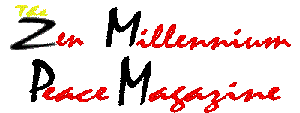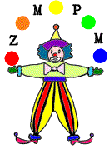

The War Museum
Anzio Beachhead, 1944 - Bill Mills ex Infantry Platoon Sergeant
While in the trenches, it was always policy to get the dead back. At least they would not get attention from wild life. no mans land at Anzio was littered with corpses. It was no coincidence that the rats were fat and lazy, opposed to the lean and hungry ones you found in the farmers' barns, which was the regular accommodation for infantry resting behind the line waiting to go out again. Usually 7 to 14 days in and 3 to 6 days out. It is fact of life that wild life could be at mortally wounded soldiers before they were dead. It was not always possible to get the dead back, because there were rations and ammunition to be considered. Also the wounded could be got back under cover of darkness and they took priority. It was such a situation that we had to bury three men. It was my first experience of handling a burial. We dug the graves at night and wrapped the bodies in ground sheets and gas capes. I knew an identity disc had to go to the platoon officer but I did not know which colour. I took a 50:50 chance and cut the green one off. The graves incidentally, amongst others in the gully were continually washed away with the torrential rains that rushed through sometimes, revealing the bodies. The way we identified a grave was by driving a rifle and bayonet into the ground and placing a steel helmet on the butt.Pearl Harbor
On December 7 1941 a large Japanese naval force, including six aircraft carriers, struck without warning at the American fleet laying at anchor in Pearl Harbor in the East Pacific.Over 300 Japanese aircraft caught the American defences completely by surprise; four of their battleships being sunk and three severely damaged, and the airfields heavily attacked. American casualties were 2300 killed and 1272 wounded. Japan lost some 29 to 60 planes, but fewer than 100 men. The losses of both men and ships would have been far greater had not good fortune allowed two carriers, 13 cruisers and 24 destroyers of the American fleet to be at sea at the time of the attack.
America then entered the war on the side of the Allies.

